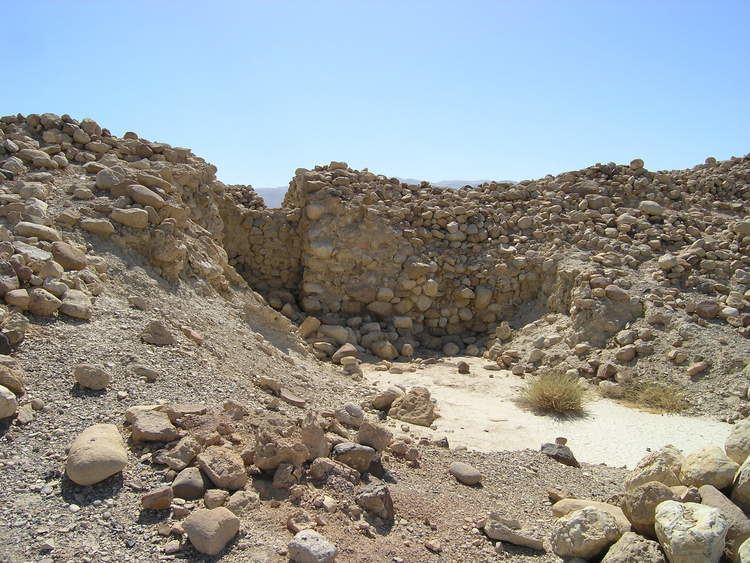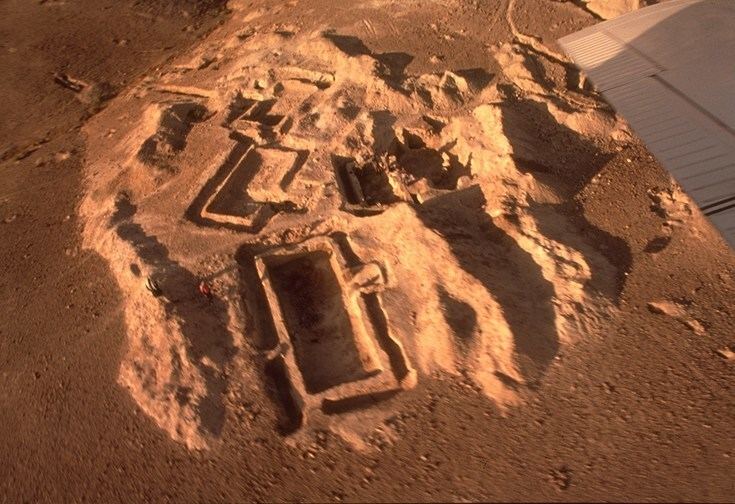 | ||
Bab edh dhra claytunes
Bab edh-Dhra (bāb al-dhrā' ) is the site of an Early Bronze Age city located near the Dead Sea, on the south bank of Wadi Kerak. Artifacts from Bab edh-Dhra are on display at Karak Archaeological Museum in Jordan; the Kelso Bible Lands Museum housed at Pittsburgh Theological Seminary in Pittsburgh, PA, USA; The Gustav Jeeninga Museum of Bible and Near Eastern Studies in Anderson, IN, USA; and the British Museum in London.
Contents
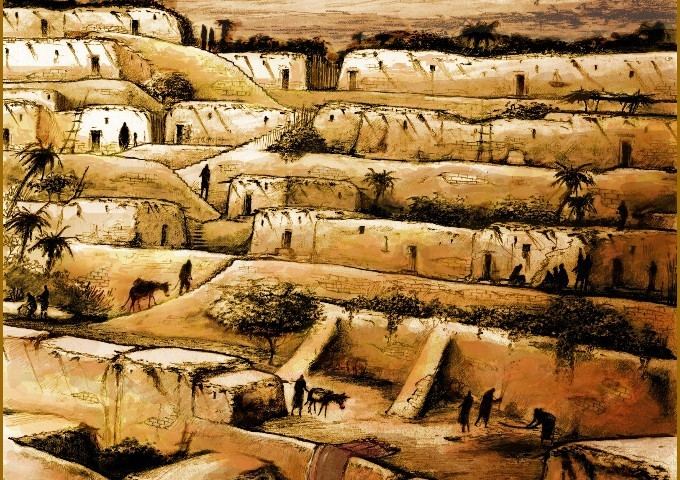
Bab edh dhra
Possible causes of downfall
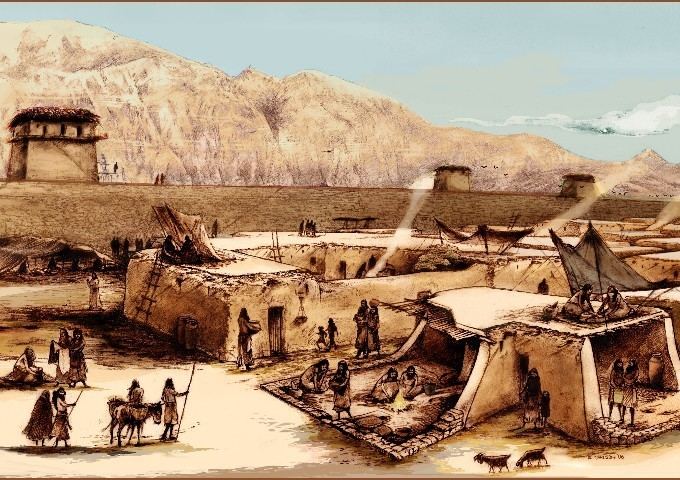
Some biblical scholars argue that this was the site of "Sodom". Other archaeologists disagree. Unlike the neighboring ruins of Numeira, Bab edh-Dhra does not appear to have been destroyed by a significant fire. Numeira and Bâb edh-Dhrâʿ were destroyed at different times, about 250 years apart. While the early conclusions of Rast and Schaub, that Bâb edh-Dhrâʿ and Numeira were both destroyed at approximately the same time (i.e., 2350–2067 BC), are often reported, it is now known that their individual destruction was separated by approximately two and a half centuries (250 years), with the destruction of Bâb edh-Dhrâʿ at ca. 2350 BC and Numeira at ca. 2600 BC. Instead, archaeological evidence suggests that the site was abandoned by its inhabitants, but also "suffered exposure to fire". Other possible reasons this site may not be the biblical Sodom are because the village was too small (10 acres), not in the designated geographical area (Genesis 13:10-12) and did not exist in the appropriate time period. Bab Edh-Dhraʿ was destroyed in 2350 BC (Early Bronze period), while most biblical scholars believe that the Patriarchs lived in the Middle Bronze period (2166-1550 BC). Supporters of the Southern Sodom theory have argued that, on closer examination to the biblical account, this does fit the geographical description of where Sodom would be located. They also argue that a set time frame for its destruction is not necessarily reliable. Proponents of the Southern Sodom theory have put forward various hypotheses to explain the causes of its abandonment. Rast suggested an earthquake or an external attack. Bitumen and petroleum deposits have been found in the area, which contain sulfur and natural gas (as such deposits normally do), and one theory suggests that a pocket of natural gas led to the incineration of the city. However, archaeologists who worked at the site found no evidence of a conflagration, or indeed, any sort of catastrophe to explain the sudden desertion of its inhabitants.
Köfels Impact Event
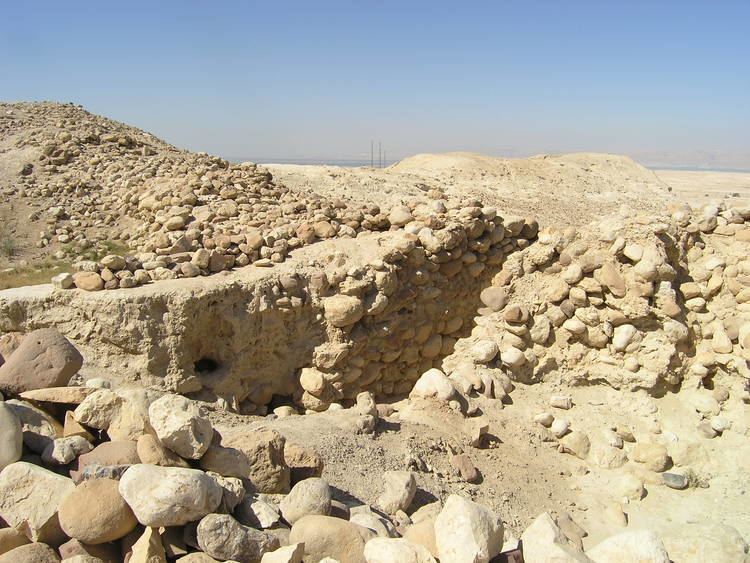
The event was originally assumed to be a massive rockslide that occurred in the valley of Ötztal, Tirol, Austria, and discovered in the mid-19th century. A reevaluation of the evidence led researchers to believe that the valley may have been hit by a small asteroid in 3123 B.C.; the record of the observation of this event was carved into an Assyrian clay tablet known as the "Planisphere", which is believed to be a copy of the night diary of a Sumerian astronomer.
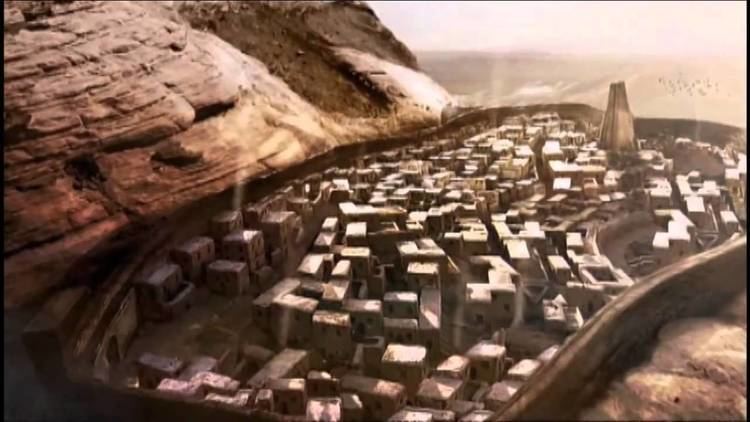
Some suspected the air burst of this asteroid to be behind the downfall of both Bab edh-Dhra and Numeira, but they were not yet built when the impact occurred. In fact, there only were shaft tombs present at Bab edh-Dhra dating to the Early Bronze 1A (EB 1A) period circa 3200-3100 B.C. that were used by nomads in the region. A small village area was found dating to the EB 1B period circa 3100-3000 B.C. However, the actual walled town at Bab edh-Dhra was not started until the EB II period beginning circa 3000 B.C., reached its greatest extent during the EB III period circa 2500 B.C. and lasted through the EB IV period ending circa 2100 B.C. The Numeira walled town was only occupied during the EB III period (ca. 2700-2200 B.C.). Thus, it is hard for these two towns to have been destroyed by an asteroid air burst in 3123 B.C. when they were not yet built and then lasted long after that date.
Literature
